OS grid reference SO942910 Constructed 1775 - 1791 Towpath No Owner Canal & River Trust | Status Part-open Opened 25 June 1791 Length 2,900 m | |
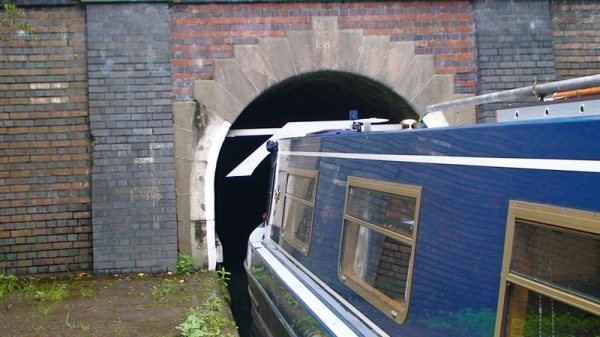 | ||
Location Dudley, West Midlands, England | ||
Dudley tunnel canal boat trip at the black country museum dudley july 2016
Dudley Tunnel is a canal tunnel on the Dudley Canal Line No 1, England. At about 3,172 yards (2,900.5 m) long, it is now the second longest canal tunnel on the UK canal network today. (Standedge Tunnel is the longest, at 5,456 yards (4,989.0 m), and the 3,931 yards (3,594.5 m) Higham and Strood tunnel is now rail only). However, since the Dudley Tunnel is not continuous this status is sometimes questioned: (the main tunnel is 2,942 yards (2,690.2 m), Lord Ward's tunnel is 196 yards (179.2 m) and Castle Mill basin is 34 yards (31.1 m)).
Contents
- Dudley tunnel canal boat trip at the black country museum dudley july 2016
- Narrowboat trip into dudley tunnel west midlands england uk the joshers by humphery carpenter
- Construction of the tunnels
- Closure and re opening
- Dudley Tunnel today
- Coordinates
- References

In 1959 the British Transport Commission sought to close the tunnel but this led to an Inland Waterways Association-organised massed protest cruise in 1960. The tunnel was however closed in 1962; and was further threatened with permanent closure by British Railways who wished to replace a railway viaduct at the Tipton portal with an embankment and a culvert. However, this never happened as the railway was closed in 1968 and the disused bridge demolished in the 1990s.
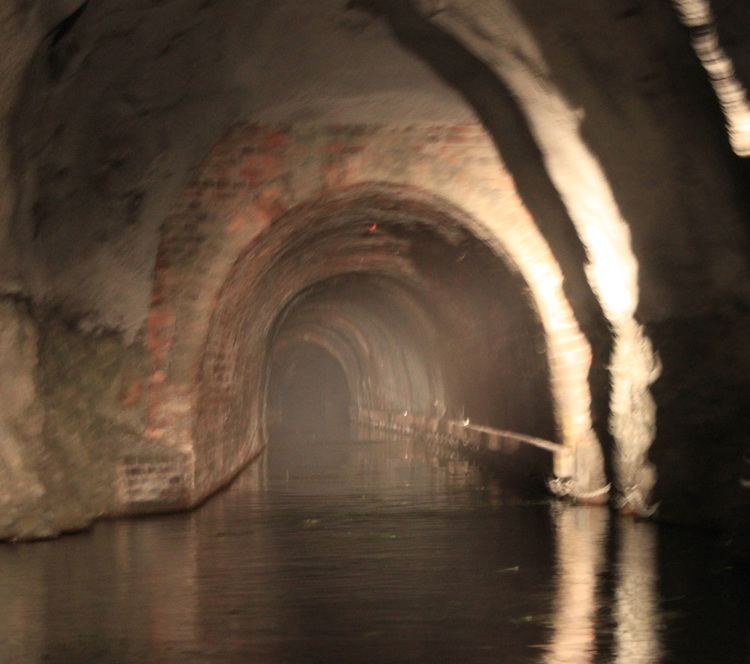
The tunnel was reopened in 1973, as a result of restoration, which had been a collaboration between local volunteers (originally the Dudley Canal Tunnel Preservation Society, later the Dudley Canal Trust), and the local authority, Dudley Borough Council. The opening ceremony was advertised as "TRAD 1973 - Tunnel Reopening at Dudley".
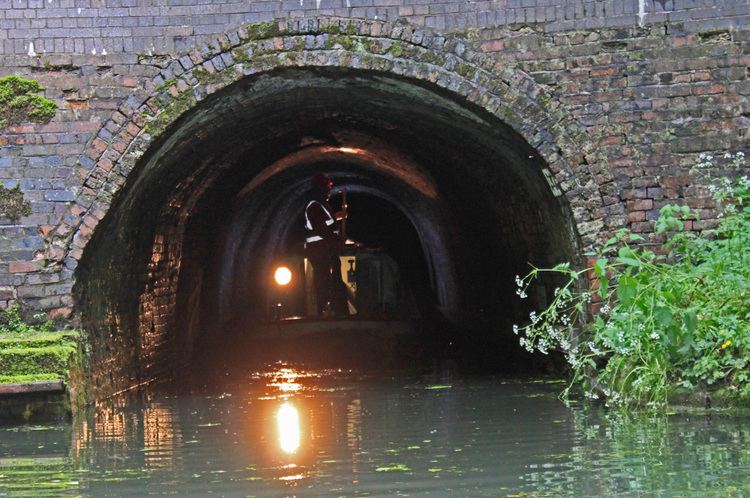
Narrowboat trip into dudley tunnel west midlands england uk the joshers by humphery carpenter
Construction of the tunnel(s)

A private Act of Parliament to construct the tunnel and associated canal, later to be known as the Dudley Canal Line No. 1, was passed in 1776. However Lord Dudley and Ward started building a canal and tunnel, in 1775, to link his Tipton Colliery and his lime works to the Birmingham Canal Navigations, at Tipton, on the 473 ft Wolverhampton Level. The work was completed in 1778 and was known as Lord Ward's canal. He later agreed to sell the canal and tunnel to the Dudley Canal Company. The Dudley Canal Line No. 1 and Dudley Tunnel were reported as finished on 25 June 1791.
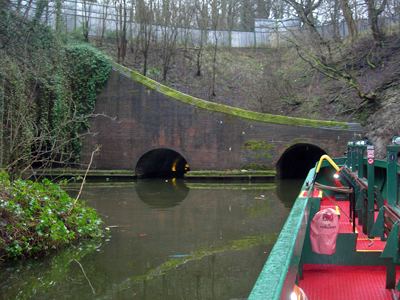
The earliest part of tunnel system was built to help with the transport of limestone extracted from the mines inside Castle Hill through which the tunnel runs. This was Lord Ward's tunnel, which leads to Castle Mill Basin. From there the main tunnel runs, via the Cathedral Arch, to Parkhead, near Netherton. At Cathedral Arch a branch canal led into the Little Tess Cavern mine workings. This route is now blocked, but has been by-passed by two new tunnels (see below). The southern end, including the southern portal, of the tunnel had to be rebuilt in 1884 due to subsidence caused by adjacent coal mines. This section of the tunnel was built several feet wider than the original tunnel bore. The southern portal bears a brick date stone of 1884.
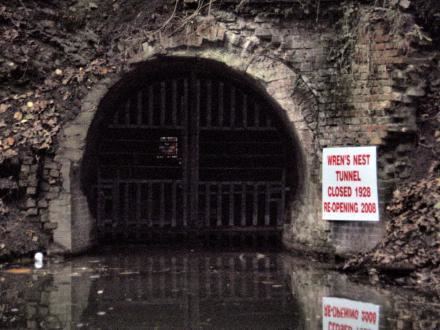
Another 1,227-yard (1,122 m) canal tunnel at Castle Mill Basin, now blocked off by a dam, leads under Wren's Nest to two under ground basins, east basin and west basin, and was used to transport limestone from the underground mine workings. Surface quarries were also opened; they outlasted the underground workings and were last used in the early 1920s. The land above the underground workings, together with the surface quarries, became a National Nature Reserve.
Closure and re-opening
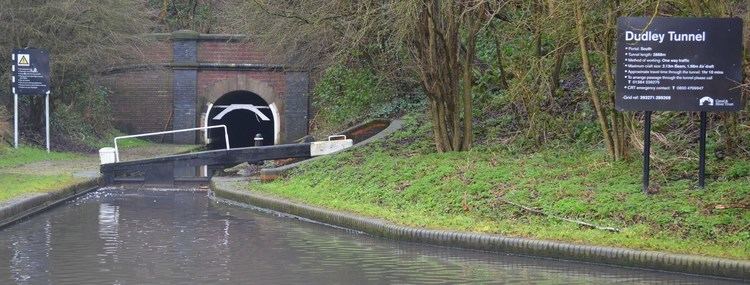
By 1959, the tunnel was virtually disused, and British Waterways announced plans to officially close it. A number of protest groups organised cruises through the tunnel during 1960 in hope of it being kept open, but in 1962 the tunnel was finally closed. Its very existence was threatened the following year when the railway viaduct above it was found to be structurally unsafe; this was largely a goods line since the closure of passenger stations along it the previous year, but the railway authorities planned to preserve the railway line and wanted to replace the viaduct with an embankment. The plans involved sealing the tunnel off.
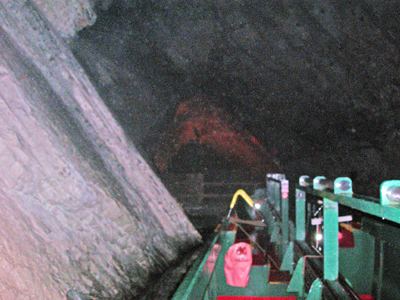
However, the railway closed completely in 1968 and so the tunnel was saved. Following several years of preparation work, the tunnel was officially re-opened in 1973.
Dudley Tunnel today
In 1989 two completely new canal tunnels were made, linking Singing Cavern and the Rock Tunnel, via Little Tess Cavern, to Castle Mill Basin (the northern portal of the main tunnel).
The restrictive dimensions of the tunnel and the absence of a towpath mean that many boats are unable to pass through it. Those that can are not allowed to use diesel engines due to the lack of ventilation in the tunnel.
Visitors may take a battery-powered narrowboat trip operated by Dudley Canal Trust either through the tunnel or partway through the tunnel and the adjacent mines; and, also, try legging the boat.
The rock on Castle Hill into which the tunnel is dug, Oolitic limestone, allows visitors to see Trilobite fossils preserved within it. Some fossils which were considered notable and were located close to the water line, have been removed to prevent them from being eroded and attacked by visitors. Other parts of the tunnel pass through a granite-type rock known locally as Rowley Rag; and through coal measures.
The Netherton Tunnel follows a parallel route 1½ miles to the south east; it is much larger and has twin towpaths running through it. It was built to ease congestion in the Dudley Tunnel.
Coordinates
(With links to map and aerial photo sources)
